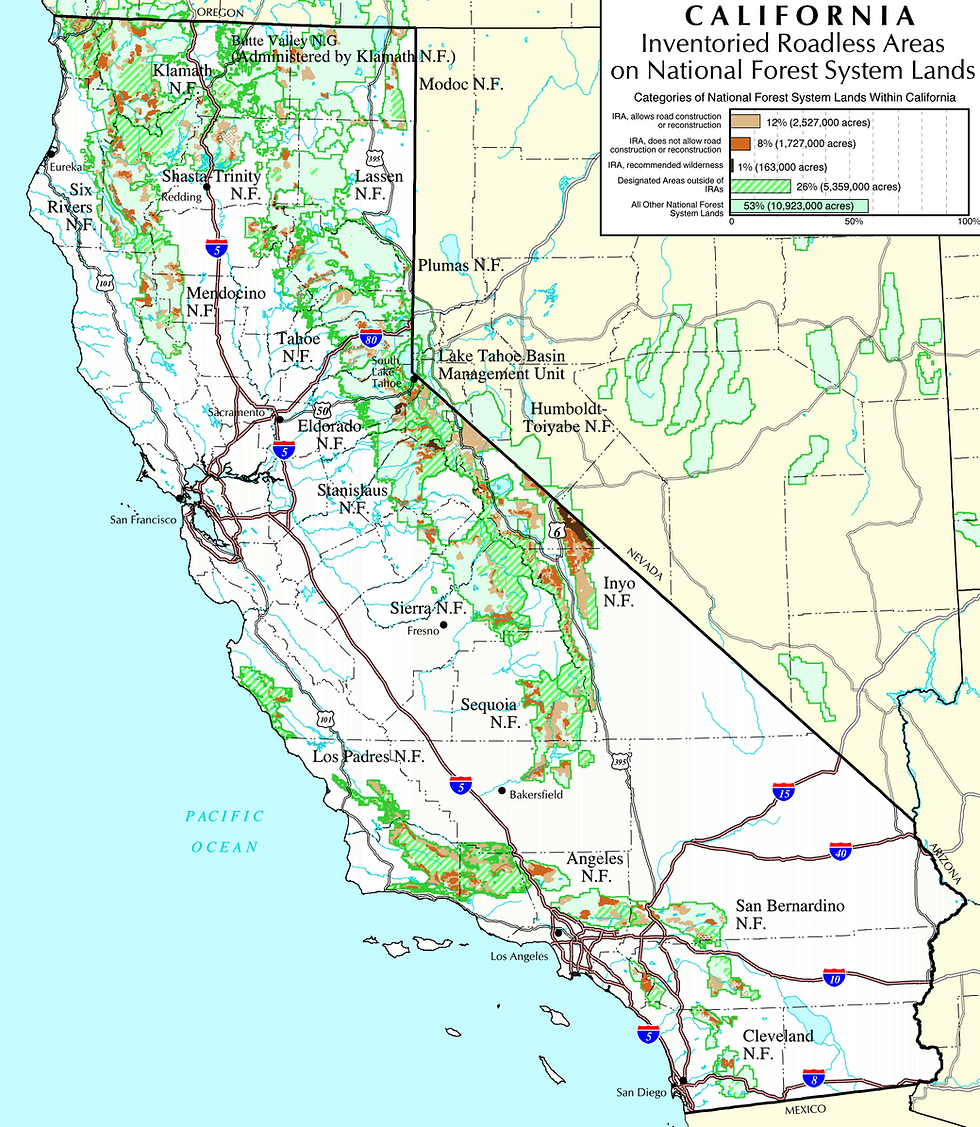Reforming Hatcheries to Recover Wild Fish Populations
- Jan 31, 2013
- 2 min read

Naturally Spawning Coho Salmon. Photo Credit: Andrew Orahoske
The U.S. Bureau of Reclamation and the U.S. Fish and Wildlife Service authorize federal funding to the California Department of Fish and Wildlife to operate fish hatcheries on the Mad River, Trinity River, Klamath River and numerous other rivers in California. In addition, a private hatchery operates on the Smith River, which is also funded by the State of California. Annually, these hatcheries produce millions of fish that are released into the wild. If not properly operated, hatcheries can cause harm to wild fish. Recent studies find that hatchery fish that stray and mix with wild populations reduce the overall fitness of wild fish through genetic hybridization and domestication. In addition, hatchery fish directly compete with and depredate wild fish. All of this can add up to serious threats posed by hatchery operations that add to other stressors like water pollution, habitat destruction, dewatering, and the impacts of climate change.
Recently, the California Fish Hatchery Review Project completed a comprehensive statewide review of fish hatcheries and found major problems in current operations throughout the state of California. The leading scientific experts in this project recommended many important changes. Unfortunately, these changes are coming slowly or not at all.
EPIC’s advocacy efforts for restoring wild fish populations includes many years of work defending forests and headwaters that provide clean water and valuable habitat for wild fish. Now, EPIC is undertaking a new initiative to reform fish hatcheries that have operated for too long without proper oversight. EPIC demands that state and federal agencies incorporate the best available science into updated management plans for all fish hatcheries, and to specifically develop Hatchery Genetic Management Plans, which has not yet occurred at North Coast hatcheries. In addition, the operations will have to ensure compliance with the federal Endangered Species Act and other environmental laws.
To be clear, EPIC is definitely not advocating that all fish hatcheries be closed immediately, nor in the near future. Instead, by forcing state and federal agencies to abide by the law, incorporate the best available science, and respond to public concerns, everyone will benefit in the long run. The consultation process under the federal Endangered Species Act will result in hatchery operations that promote the restoration and genetic viability of wild fish populations. This will further advance natural recovery of native fish species to their historical abundance and beyond, which would, in an ideal situation, make the hatcheries unnecessary and obsolete.
EPIC is currently challenging the state and federal government to better manage fish hatcheries on three North Coast river systems. Working with experts in the field and with the assistance of the Western Environmental Law Center, EPIC has filed notice letters for hatcheries on the Mad River, Trinity River and Smith River. Click here to read more in a related article from the Del Norte Triplicate: Hatcheries Warned of Pending Suits
UPDATE: The filing of the lawsuit concerning the Mad River hatchery was covered by the Courthouse News Service on Feb 15, 2013 — Greens Say Hatchery Threatens Native Fish
The images below show how eggs are extracted, fertilized and incubated in a fish hatchery. Photos courtesy of USFWS.








Comments